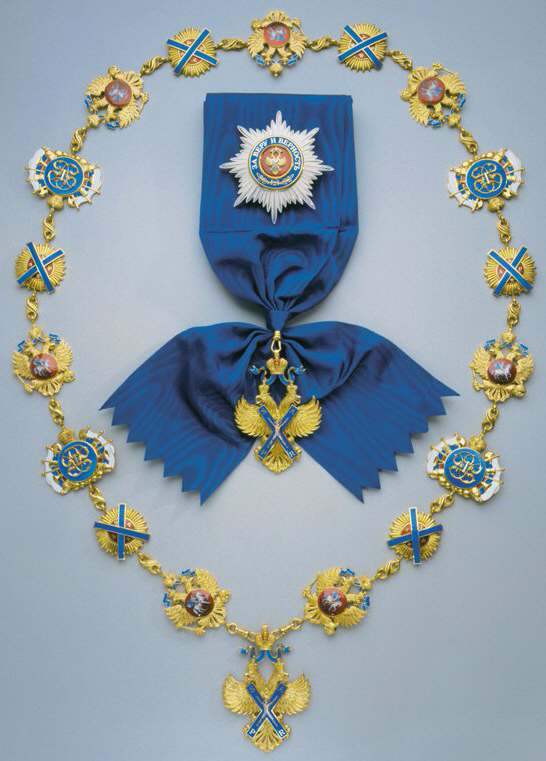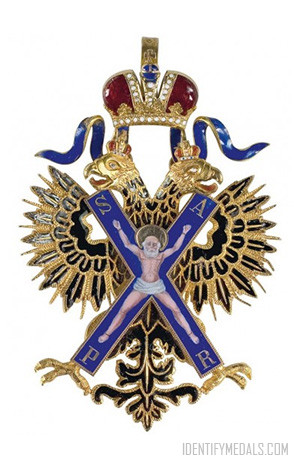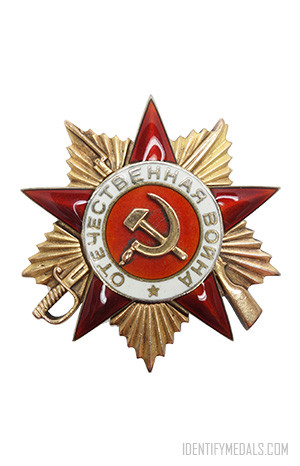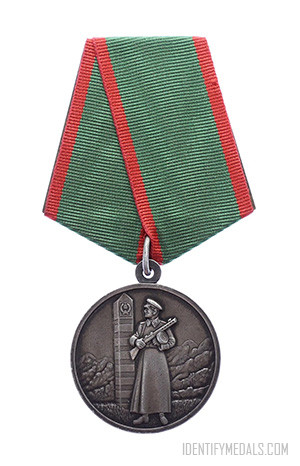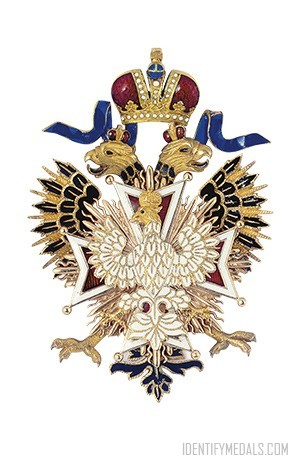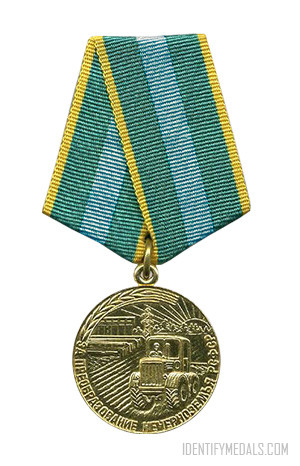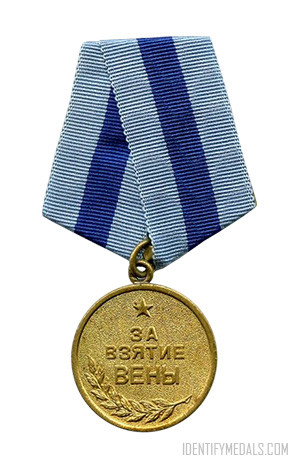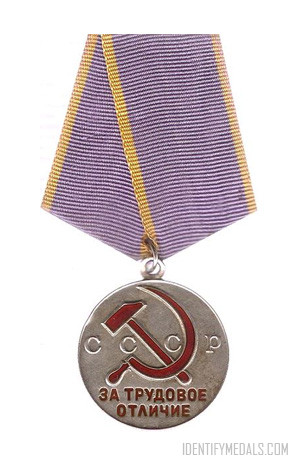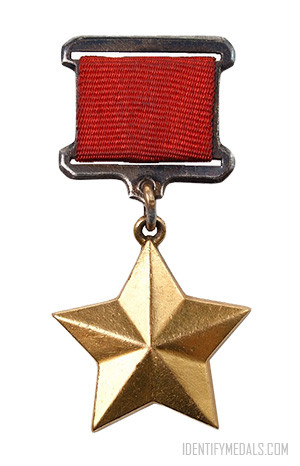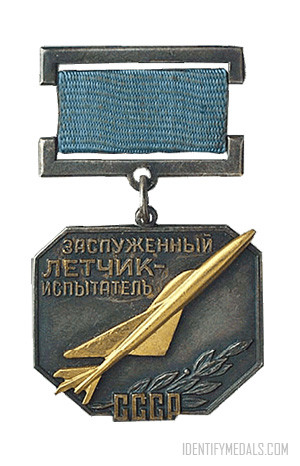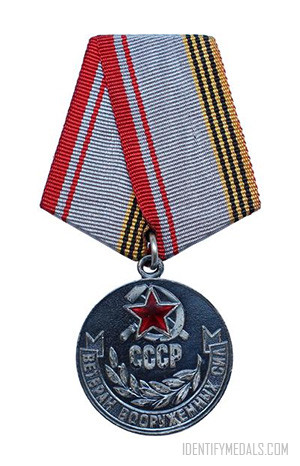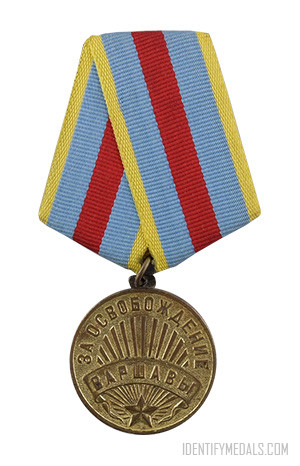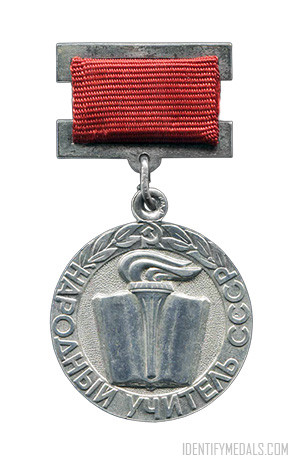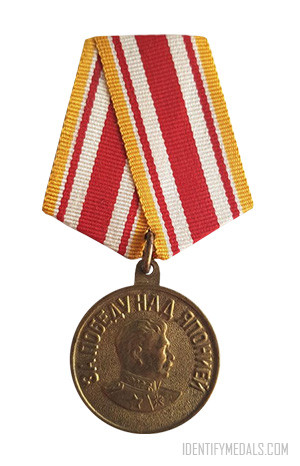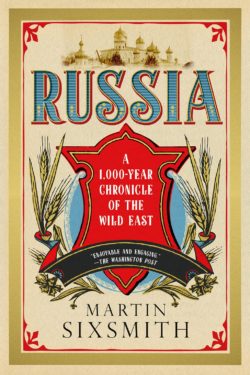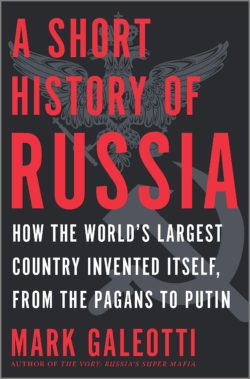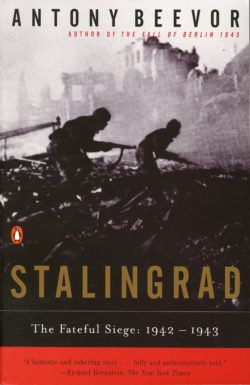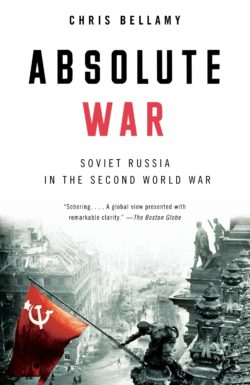- Time Period: Pre-WW1
- Year of Institution: 1698
- Country: Russia & USSR
The Order of St. Andrew the Apostle the First-Called (or Орден Святого апостола Андрея Первозванного in Russian) is the highest order of the Russian Federation. Established as the first and highest order of chivalry of the Russian Empire in 1698, it was abolished under the USSR before being re-established as the top Russian order in 1998.
The Order was established in 1698 by Tsar Peter the Great, in honor of Saint Andrew, the first apostle of Jesus and patron saint of Russia. It was bestowed in a single class and was only awarded for the most outstanding civilian or military merit. Saint Andrew’s Cathedral in Saint Petersburg was the chapter church of this order of chivalry.
A Brief History of the Russian Order of Saint Andrew
During Peter the Great’s travels in the West as part of the Great Embassy, Peter the Great observed the practice of awarding honors, a departure from the traditional Russian method of rewarding service with money or estates. For instance, he witnessed first hand the awards ceremonies for England’s Order of the Garter and Austria’s Order of the Golden Fleece and noticed the loyalty and pride of the awardees. It also saved the state land and money.
The first recipient of the Order of St. Andrew was Count Fyodor Golovin, a boyar (member of the highest rank of feudal nobility) and the first Chancellor of the Russian Empire.
Until the Russian Revolution in 1917, slightly over a thousand individuals were bestowed with this honor. These included:
- Sir John Acton, 6th Baronet: A prominent British naval officer and Prime Minister of Naples.
- Prince Adalbert of Prussia (1811–1873): A notable member of the Prussian royal family.
- Adolf Frederick, King of Sweden: King of Sweden from 1751 until his death in 1771.
- Grand Duke Adolphe of Luxembourg: The first Grand Duke of Luxembourg from the House of Nassau-Weilburg.
- Prince Albert of Prussia: A general in the Prussian army and regent of the Duchy of Brunswick.
- Alexander I of Russia: Emperor of Russia from 1801 to 1825, known for his role in defeating Napoleon.
- Alexander II of Russia: Emperor of Russia from 1855 to 1881, famed for his emancipation of the serfs.
- Otto von Bismarck: The first Chancellor of the German Empire, recognized for unifying Germany.
The Order of Saint Andrew During the Revolution
During the Russian Revolution of 1917, the Order of St. Andrew, along with other imperial orders, was officially abolished by the Bolshevik government. The new Soviet regime sought to eliminate all vestiges of the Russian imperial system, which included the prestigious chivalric orders that had been symbols of the tsarist state and its aristocracy.
Existing recipients of the Order of St. Andrew were stripped of their titles and privileges. The revolutionary government viewed these honors as incompatible with the new socialist ideology that aimed to dismantle class distinctions and aristocratic privileges.
Despite its official abolition in Russia, the Russian Imperial House in exile continued to recognize the Order of St. Andrew. The heads of the House of Romanov, living in exile, maintained the tradition of awarding the order to individuals who demonstrated exceptional service to the Russian community and the broader international community.
Reinstatement and Modern Status
After the fall of the Soviet Union, the Russian Federation reinstated the Order of St. Andrew as the highest state decoration. Today, the Order of St. Andrew the Apostle the First-Called is conferred upon distinguished statesmen, public figures, and notable individuals from various fields such as science, culture, the arts, and industry, in recognition of their exceptional contributions to the prosperity, prestige, and honor of Russia.
Additionally, the Order may be bestowed upon foreign heads of state for their significant service to the Russian Federation.
The Order of Saint Andrew Medal Design
The insignia of the order consisted of a badge and star.
The badge is an enameled crowned black double-headed eagle bearing a blue St. Andrew’s Cross (saltire) with St. Andrew crucified upon it; on the arms of the saltire were the Latin letters ‘SAPR’ (‘St. Andrew, Patron of Russia’). It was worn on a pale blue sash over the right shoulder, or on special occasions on an elaborate ‘collar’ (chain).
The star is an eight-pointed silver star bearing a miniature of the badge on a golden background at the center, surrounded by the motto “For Faith and Loyalty” (or За веру и верность, Za Veru i Vernost in Russian) on a blue ring. It was worn on the left chest.
The insignia of the order could be awarded “with diamonds” as a special distinction.
